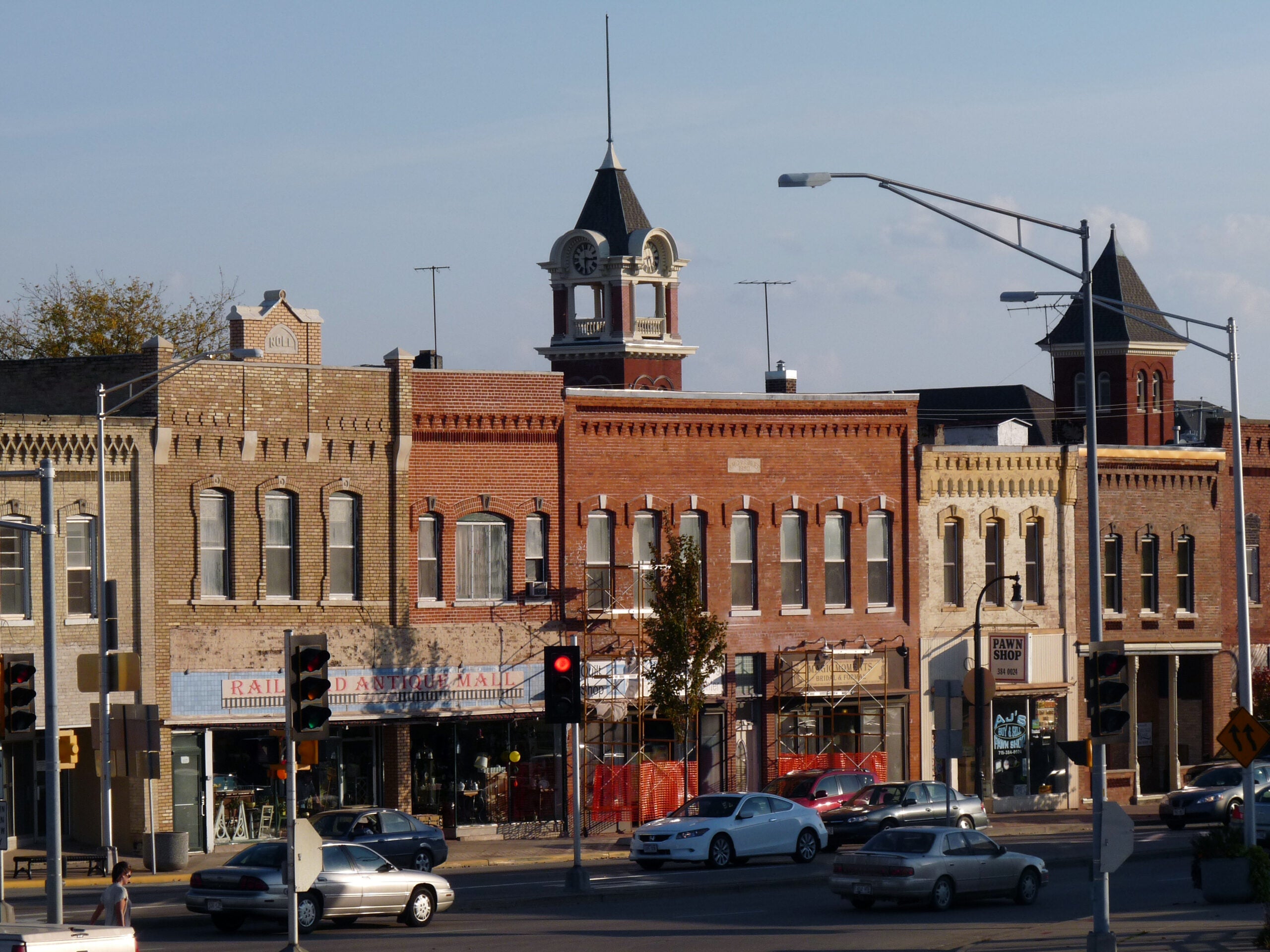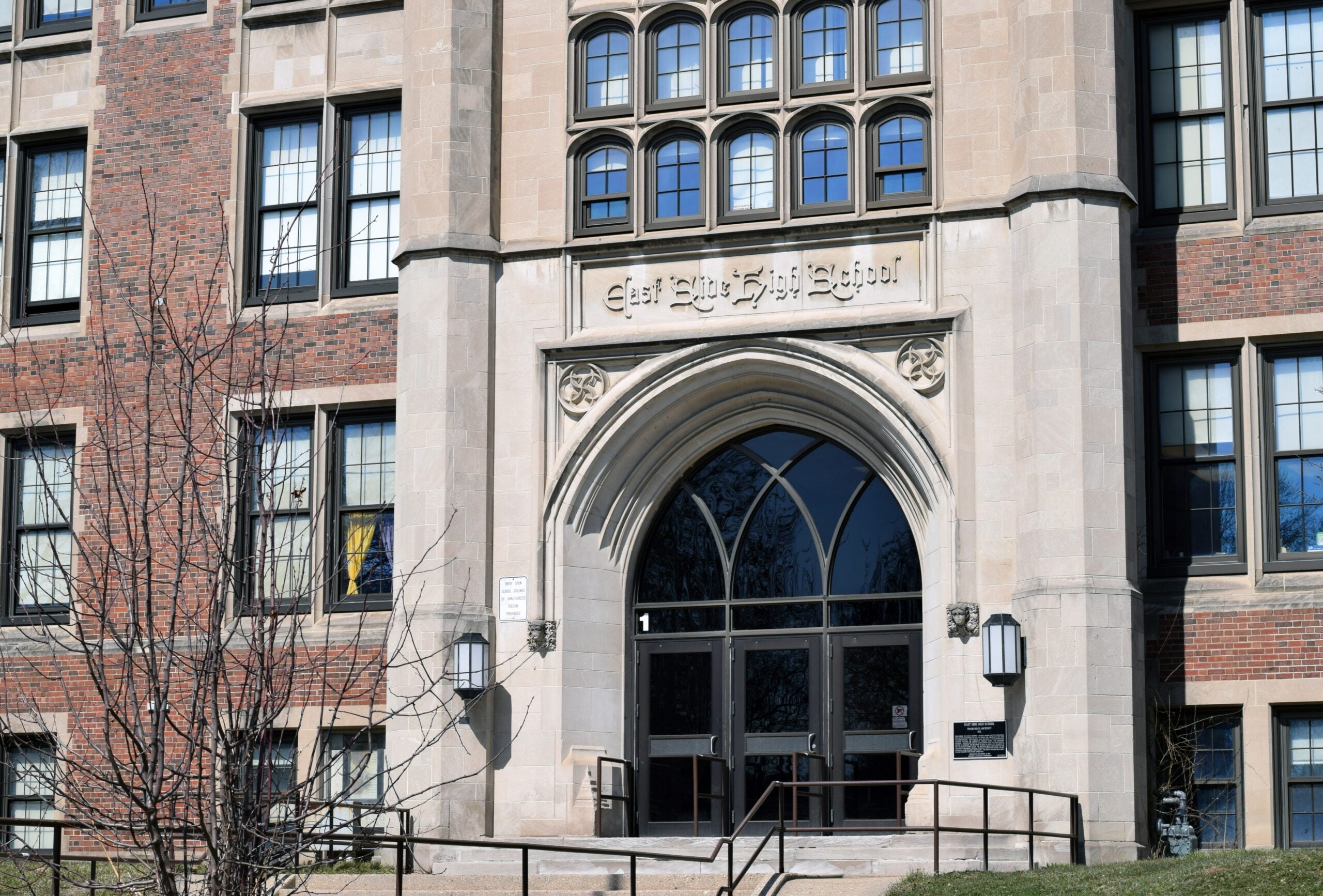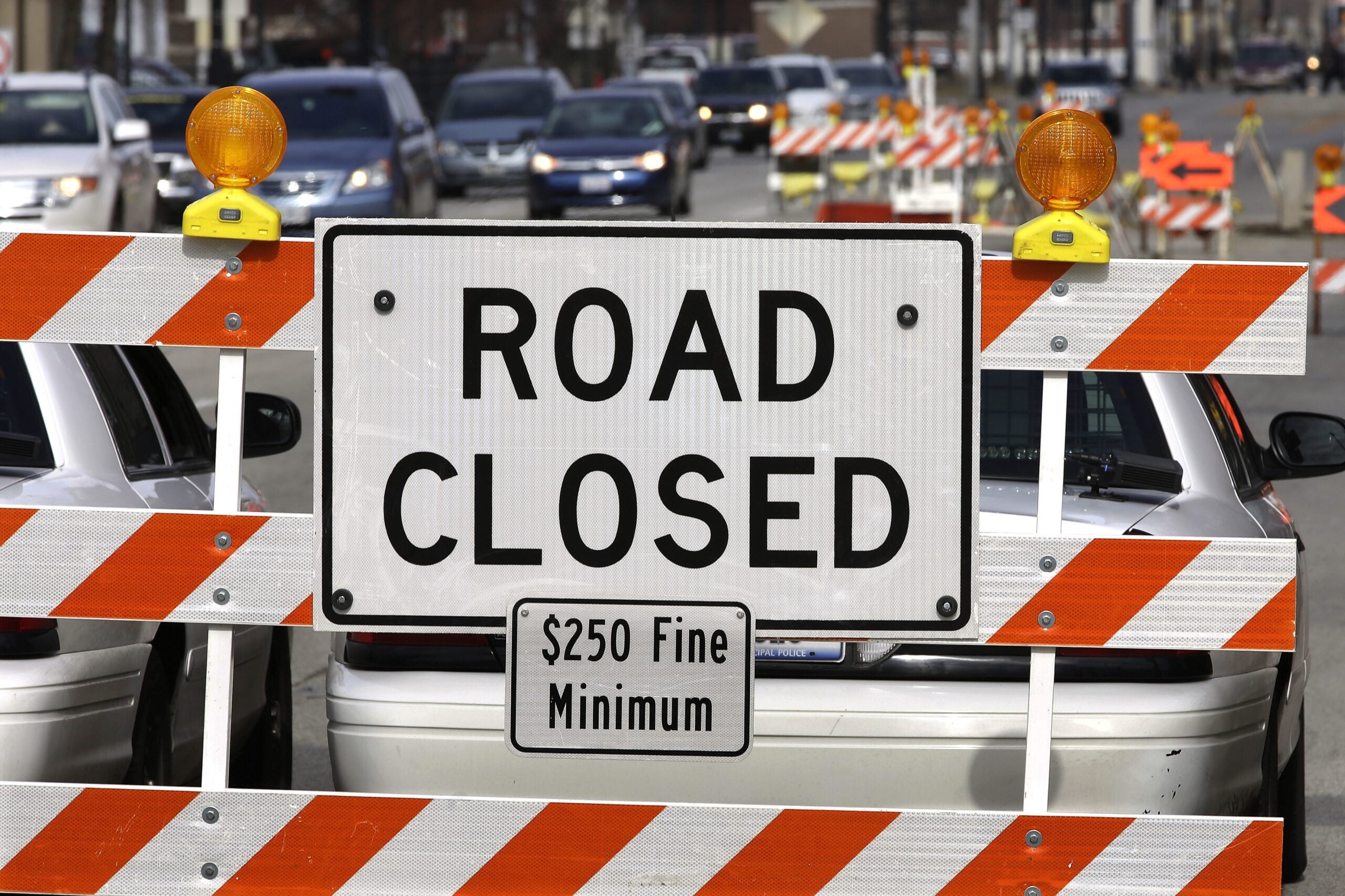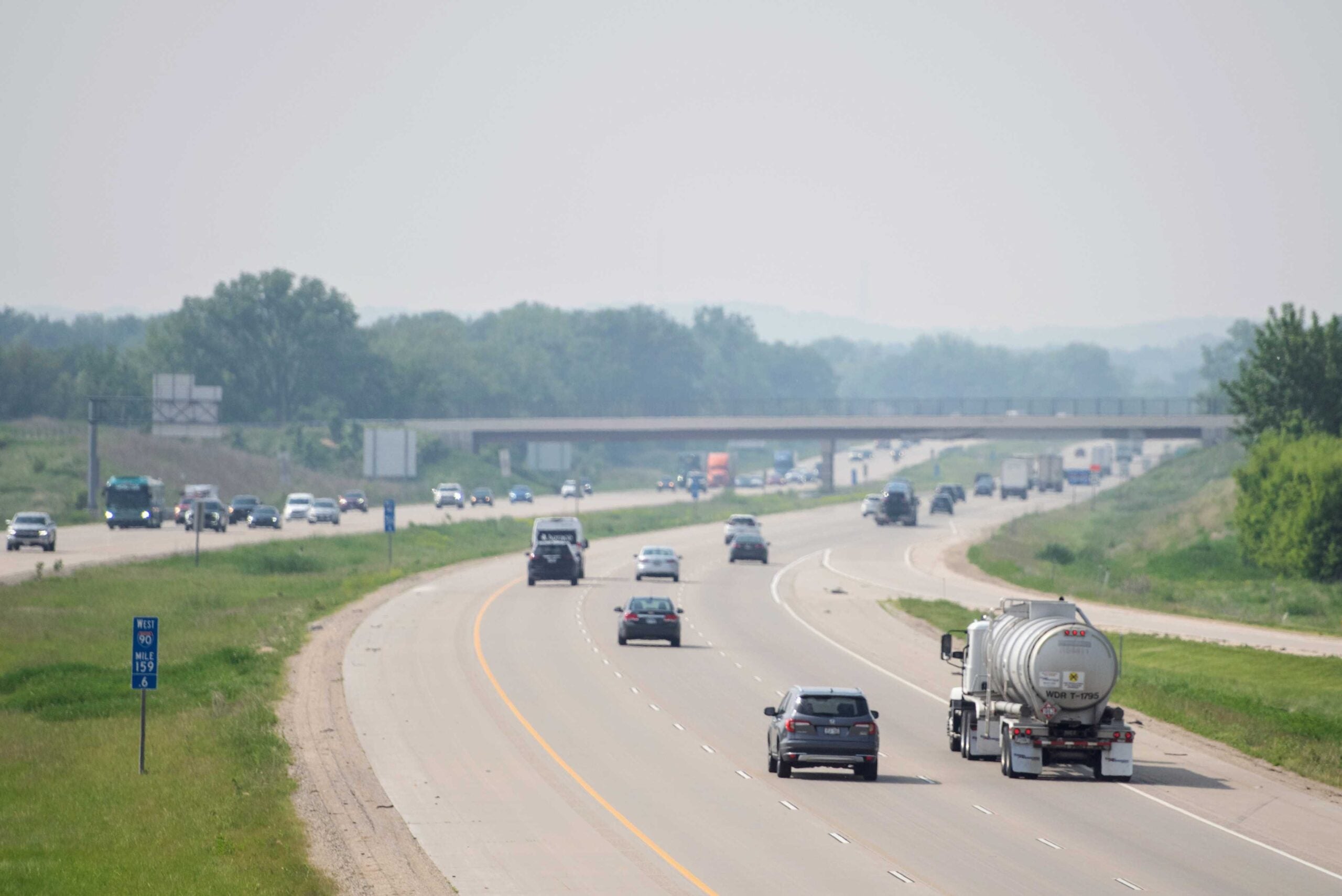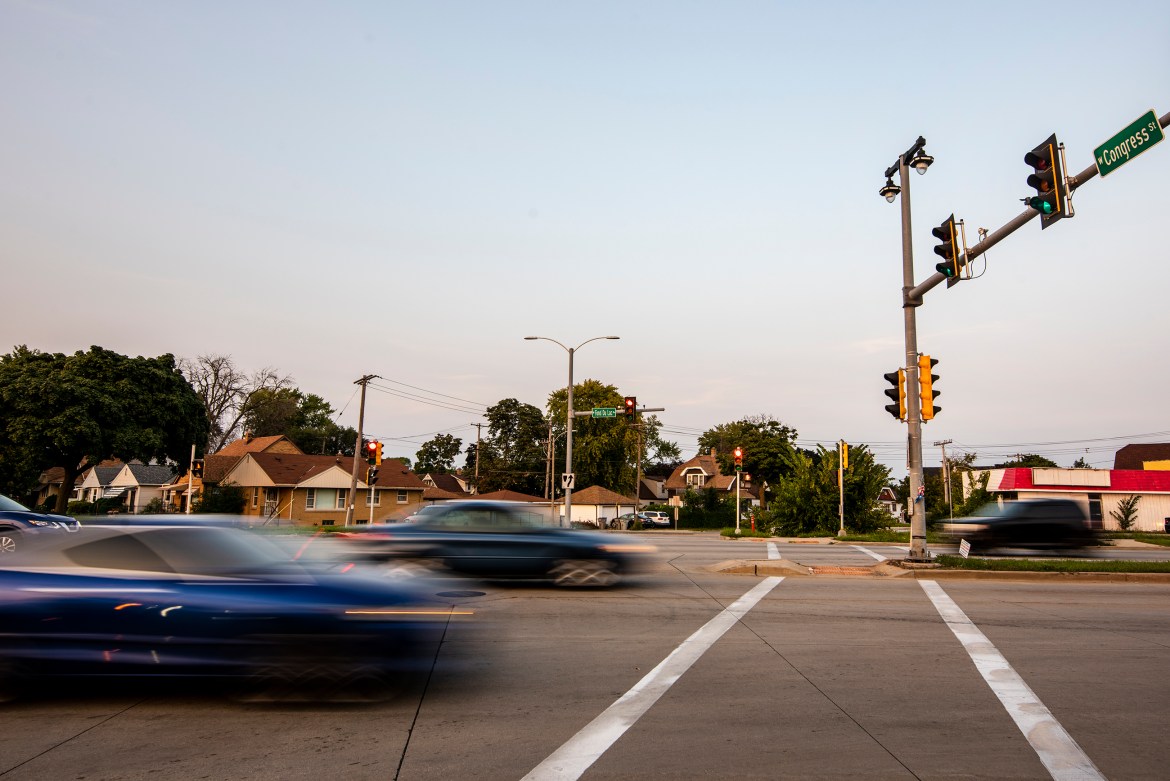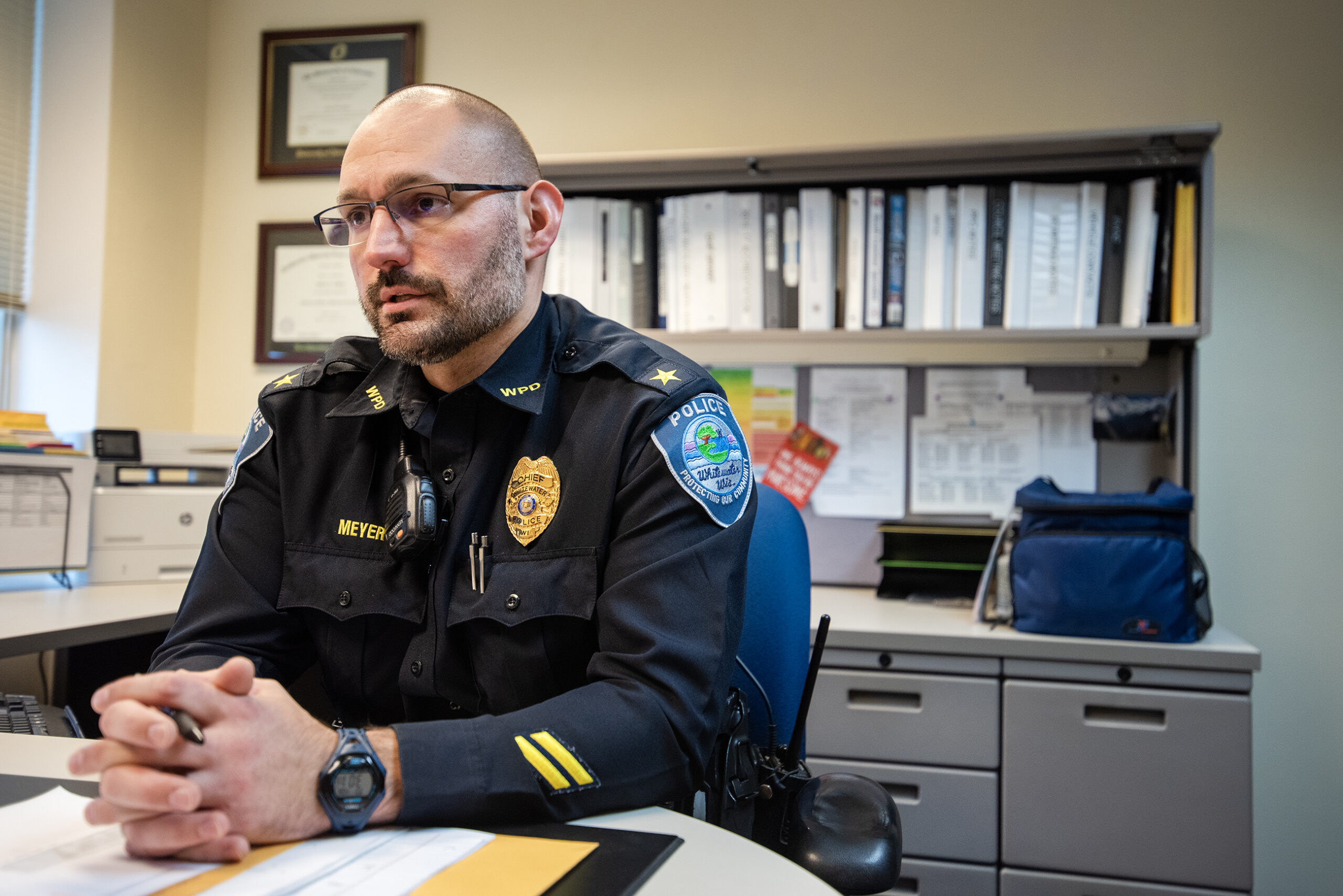Just a couple weeks ago, the Town of Bennett in far northern Wisconsin held a special town meeting. Bennett was heading into 2020 with a budget shortfall and its board had passed a resolution seeking to exceed levy limits. Now, town officials were asking voters to raise taxes by 6 percent.
“We asked people to tolerate that little bit of increase, which they did,” said town supervisor Wes Koehler.
Just a few of the town’s roughly 600 residents turned out for the meeting, but those that did approved the increase to avoid cutting roughly $15,000 to maintain city services.
News with a little more humanity
WPR’s “Wisconsin Today” newsletter keeps you connected to the state you love without feeling overwhelmed. No paywall. No agenda. No corporate filter.
The shortfall stemmed in part from the town using up its cash reserves. Flooding several years ago required the town to make major repairs to multiple town roads. Bennett received federal aid from the Federal Emergency Management Agency (FEMA), but the town wasn’t reimbursed immediately and had to make up the difference.
“I think what we got back from FEMA was maybe around $60,000, which was not enough to cover what we spent,” Koehler said. “But, it was helpful and really took a couple years to get it back.”
The town is among a fraction of the state’s roughly 1,900 local governments who have been successful in raising their levy limits beyond state restrictions that were enacted in 2005. From 2006 through 2017, there were 28 communities who received the green light from voters to raise taxes. Last year, there were 14 local governments that gained voter approval to exceed levy limits, according to figures provided by the Wisconsin Department of Revenue.
“I think that reflects the fact that communities have been operating under very strict — (the) strictest levy limits in the country — since 2006,” said Curt Witynski, deputy director of the Wisconsin League of Municipalities. “They’ve used all their reserves. They don’t really have other revenue sources. There hasn’t been an increase in shared revenue — only decreases in this decade.”
Shared revenue funding for counties and municipalities declined 8.5 percent from 2009 to 2019, due largely to cuts in 2010 and 2012, according to the Wisconsin Legislative Fiscal Bureau.
“Communities basically have reached the point I think where they really do have to ask the voters, ‘Do you want to continue this level of services?” said Witynski.
Under state law, communities are limited to raising their tax levy by the rate of net new construction. For Bennett, the town’s construction rate was roughly 1.3 percent and not enough to meet the shortfall. A 2018 analysis by the Wisconsin Policy Forum found 62 of around 600 cities and villages had annual new construction rates of 2 percent or more between 2012 to 2016. There were 186 communities that saw rates of a half-percent or less.
Last year, the city of Mondovi sought and passed a levy limit exception. City administrator Brad Hanson said the adjustment wasn’t an increase but rather an accounting correction. However, he said the referendum allowed the city to keep a baseline funding level of $923,904 that would provide up to $200,000 for capital improvement projects to invest in things like roads and infrastructure.
“We should be able to maybe put a big dent in our infrastructure that hasn’t been done or kept up-to-date,” said Hanson.
He added that winter storms in February and March this year “devastated” roads and further accelerated their deterioration, which only expedited the need for investment. But, Hanson said its city council, like other governing bodies, has had to push off projects due to limited funds.
“They also have the concern of you don’t want to raise property taxes too much,” he said. “I totally get that, but sometimes you also have to do some work.”
Witynski noted other communities like the city of Marshfield have sought to raise levy limits without success. In 2016, Marshfield asked voters in a referendum to approve an increase in property taxes to raise $6.8 million for street maintenance on about 10 projects, according to city administrator Steve Barg. Voters rejected the referendum by a 2-to-1 margin.
“I don’t blame them,” said Barg. “Nobody wants to see their taxes go up.”
The projects would have addressed major reconstruction as opposed to regular maintenance, said Barg. Now, the city is addressing those needs one at time as they’re able to afford it.
In 2014, the city of Janesville also sought to increase the levy by $1.2 million each year to rehab streets. When voters rejected the idea, the city council decided to borrow $800,000 per year. Even so, the city is repairing fewer streets than needed to keep up with its 330 miles of roads.
Other communities have also sought to raise funding to maintain emergency services or regional transit service.
Hanson said many communities would like to have the option to raise taxes to fund services.
“The problem is it’s just sometimes there’s not a lot of political support,” he said.
Despite reluctance to raise taxes, the league expects more communities will ask voters for their support as they’re under increasing stress to maintain services without sufficient funds.
Wisconsin Public Radio, © Copyright 2025, Board of Regents of the University of Wisconsin System and Wisconsin Educational Communications Board.

